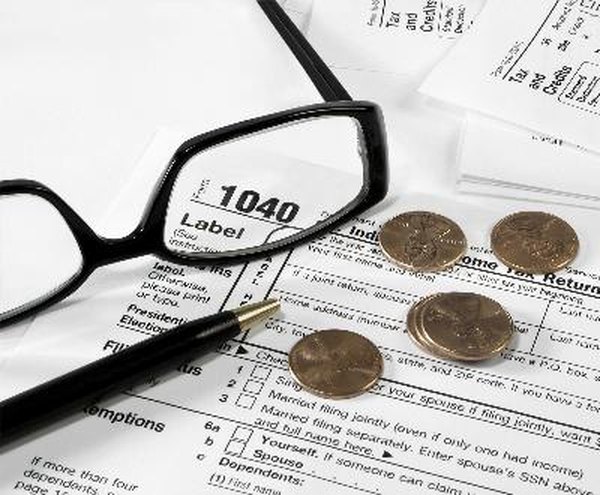What Are Qualified Leasehold Improvements?
Making qualified leasehold improvements can allow you to take a tax deduction.
Form 1040 Tax Forms image by Viola Joyner from Fotolia.com
Leasehold improvements can generate tax deductions for a building owner as long as they are qualified improvements and meet Internal Revenue Service requirements. The IRS has four requirements that the improvement must meet to qualify and also has a list of excluded improvements. Some improvements made under this section can also qualify for an energy efficiency tax credit. Before you begin budgeting for renovations and improvements, you should evaluate which specific opportunities may be available to not only improve your property but also reduce your overall tax burden.
Tip
Qualified improvements for a leased building relate to energy efficiency and internal structural improvements. Exclusions include house enlargements, the addition of elevators and escalators and external structural improvements.
Requirements for Qualified Improvements
Improvements must be made to a building that has a current, valid lease. This lease cannot be made to a relative of the owner. The improvement must be made to an area occupied exclusively by the lessee and not a common area. The improvement must be made more than three years after the building is put into use. Multiple improvements can be made to a building in a single tax year.
Excluded Building Improvements
The improvements cannot enlarge the house. They cannot include the additions of escalators or elevators, and the tax deduction cannot be used to cover costs of improving the structure of a common area or the structure of the building. The common area refers to an area used by the lease holder and someone else. The improvements can be made by either the lessor or the lessee of the building, but the tax credit can only be claimed by the building's owner.
Energy Efficiency Improvements
The tax deduction allows improvements to the energy efficiency of the building. This includes things like upgraded air conditioning and heating systems, improved ventilation systems and more efficient windows or lighting systems. Energy efficiency improvements can allow the owner to take additional tax deductions, further decreasing her tax burden. Energy efficiency is a high-value improvement to any building, as it qualifies for tax credits and decreases the energy usage and costs over time. Multiple energy improvements can be made to a single building.
Internal Structural Improvements
Although structural improvements generally are excluded, some internal structural improvements qualify for this tax deduction. They include improvements to the electrical and plumbing systems and the security system. When making these improvements, see if they'll also qualify for energy efficiency tax deductions. Although these improvements are not as easily noticeable, they can extend the life of the building and make it more stable and less prone to requiring emergency repairs. They can also increase the assessed value of the building.

